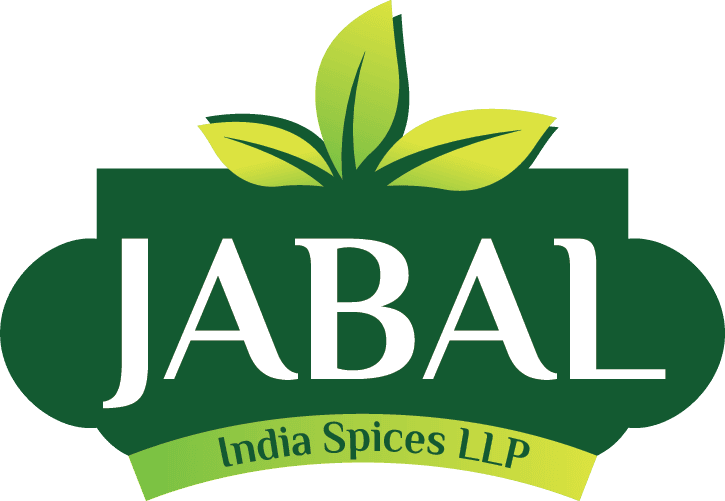Revolutionizing Fennel Cultivation with Ishaq Ali’s Expertise
Join hands with the pioneer of Abu Saunf 440™ and unlock new opportunities in premium fennel farming—blending tradition with innovation for global success.
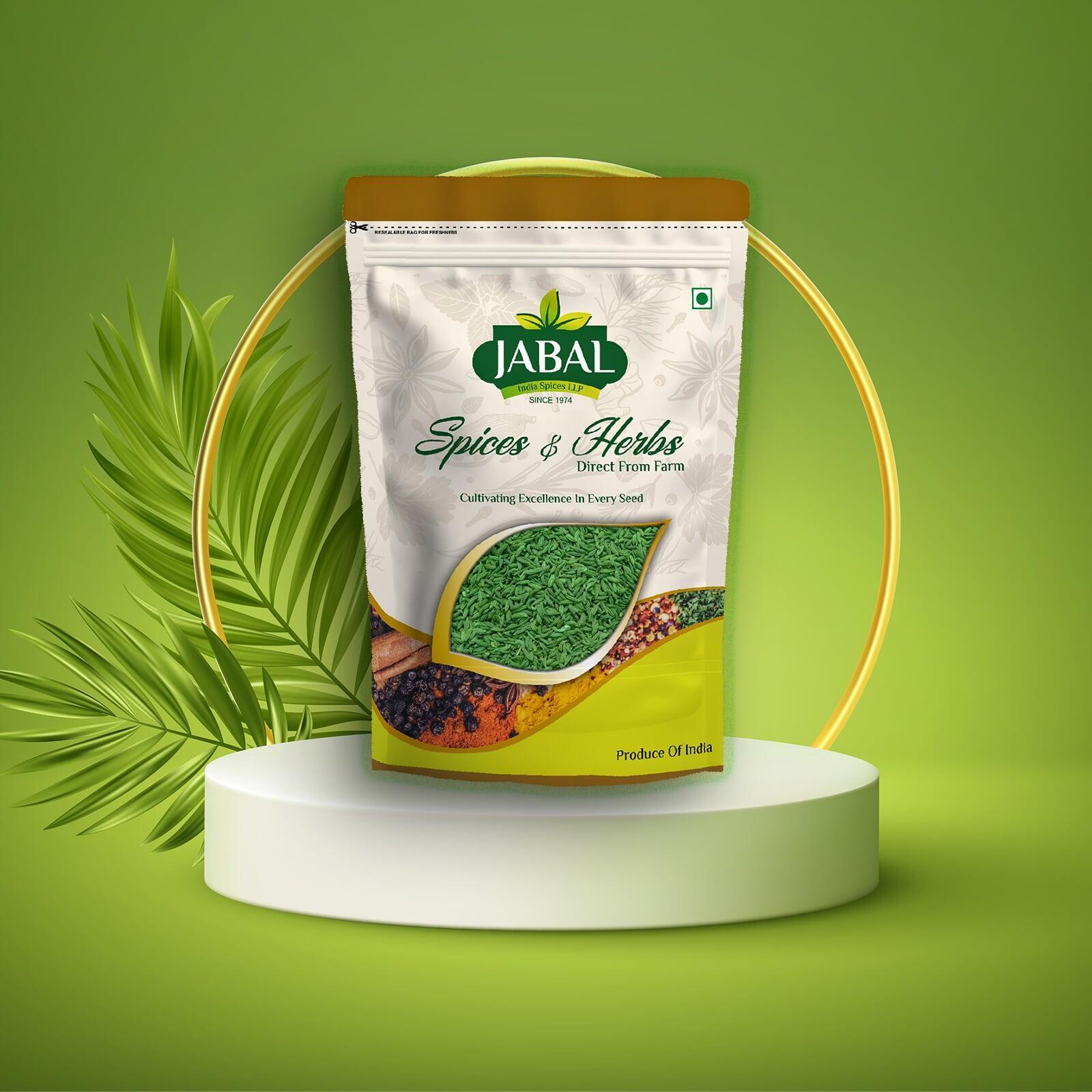
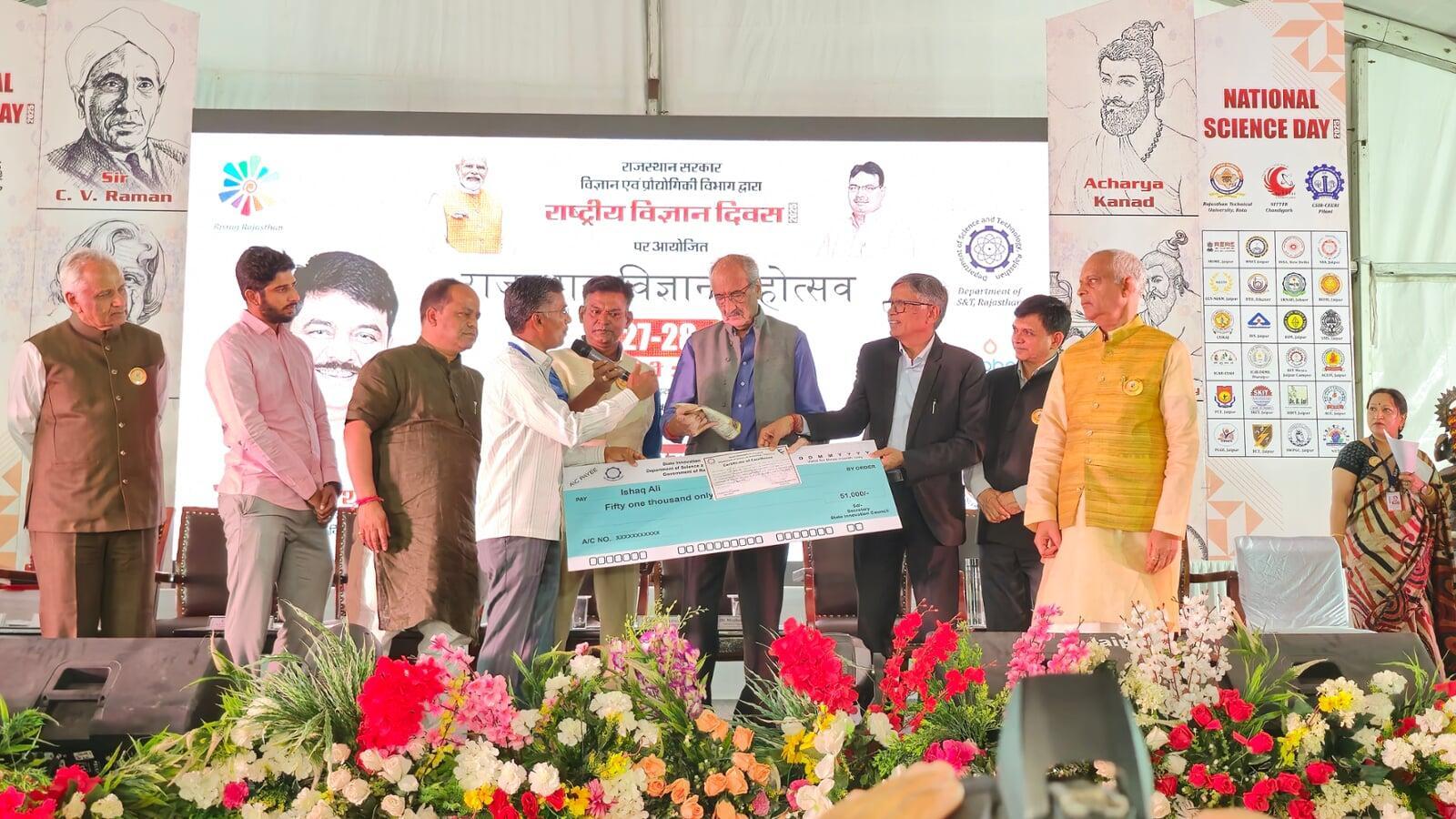
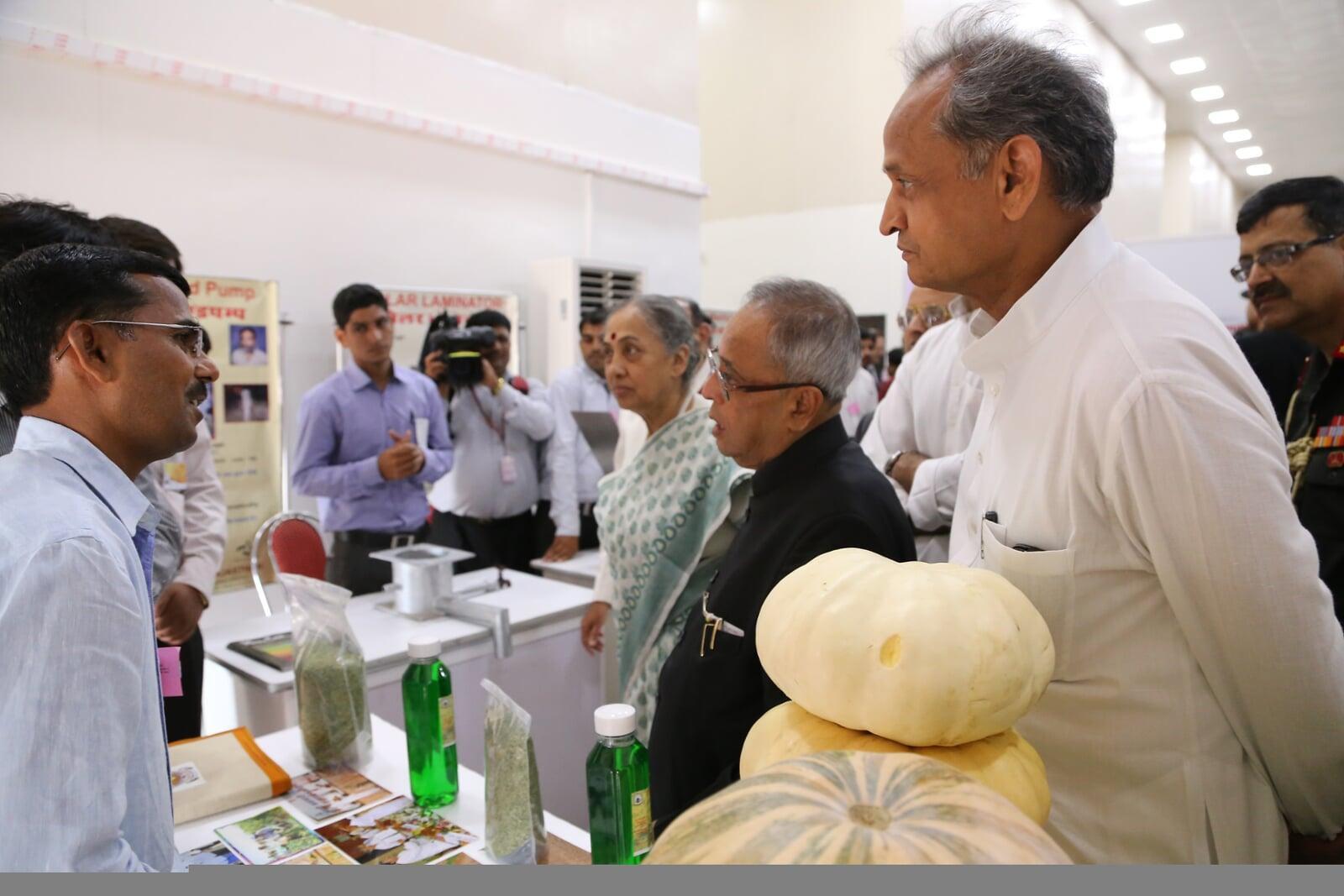
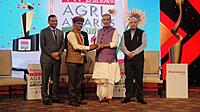
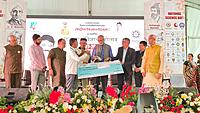
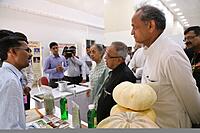
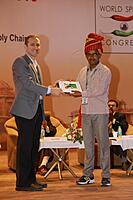
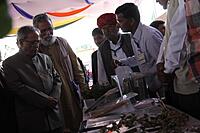
Our Achievements
51+ years
Pioneering innovative fennel farming
Abu Saunf 440 Variety
Conserved in the Gene Bank
Pan-India Delivering
Spices
6000+
Farmers are trained
Our Clients
Our Services
Our Abu Saunf 440™ Premium-Grade Fennel was personally observed by the Former President of India, Shri Pranab Mukherjee. He was amazed by its vibrant greenness and rich fragrance. We proudly showcased Abu Saunf 440™ at the Mughal Garden in Rashtrapati Bhavan.
Our fennel offers numerous health benefits, including:
- Highly Nutritious – Packed with essential vitamins and minerals.
- Rich in Powerful Plant Compounds – Supports overall well-being.
- May Suppress Appetite – Helps in weight management.
- Supports Heart Health – Promotes healthy cholesterol and blood pressure levels.
- May Have Cancer-Fighting Properties – Contains antioxidants that help combat harmful cells.
- Possesses Antibacterial Properties – Aids in fighting infections.
- Reduces Inflammation – Helps soothe the body naturally.
- May Benefit Mental Health – Supports cognitive function and reduces stress.
- Boosts Immunity – Strengthens the body's natural defense system.
Abu Saunf Community Gene Bank
The Abu Saunf Community Gene Bank is a pioneering initiative based in the Sirohi district of Rajasthan, India. It represents a groundbreaking effort to conserve and enhance fennel biodiversity by bringing together traditional farming knowledge with modern agricultural science.
Key Aspects
Community-Led Conservation:
Established on the farm of progressive fennel farmer Ishaq Ali in Kachholi village, the gene bank serves as a local repository for fennel germplasm. It emphasizes the importance of community participation in safeguarding genetic resources and ensuring in-situ conservation of local varieties.Biodiversity and Seed Preservation:
Housing over 100 unique accessions of fennel collected from major growing regions across India, the gene bank focuses on preserving both traditional and farmer-developed cultivars. These varieties are well-adapted to local agro-climatic conditions and hold significant cultural, ecological, and economic value.Innovation and Farmer Empowerment:
Beyond conservation, the gene bank plays a vital role in the research and development of improved seed varieties. One notable example is the “Abu Saunf-440” variety, which is under the process of registration as a farmer variety. This initiative not only enhances productivity but also empowers local farmers by bridging traditional practices with modern agricultural technology.Collaborative Efforts:
The project is implemented under the BiotechKisan program and enjoys the support of the Department of Biotechnology, Government of India. It is a joint effort involving the South Asia Biotechnology Centre (SABC) and the ICAR-Central Arid Zone Research Institute (CAZRI). This collaboration ensures that cutting-edge scientific techniques complement traditional farming wisdom for sustainable agriculture.
Significance
The Abu Saunf Community Gene Bank stands as a model for how localized conservation efforts can contribute to broader biodiversity goals. It not only protects the genetic diversity of fennel—a spice with considerable nutritional and medicinal benefits—but also fosters a sustainable agricultural ecosystem that can adapt to changing climatic conditions. The initiative illustrates how innovative agricultural practices can be scaled through community involvement, ensuring that valuable genetic resources are preserved for future generations.
In essence, the gene bank is more than just a repository; it is a vibrant ecosystem that supports research, innovation, and the livelihoods of smallholder farmers, ultimately contributing to a resilient and sustainable food system.
Would you like more details on any specific aspect of the gene bank, please use search box below
Abu Saunf Community Gene Bank
Search by code, last 3 digits, or cultivar name
